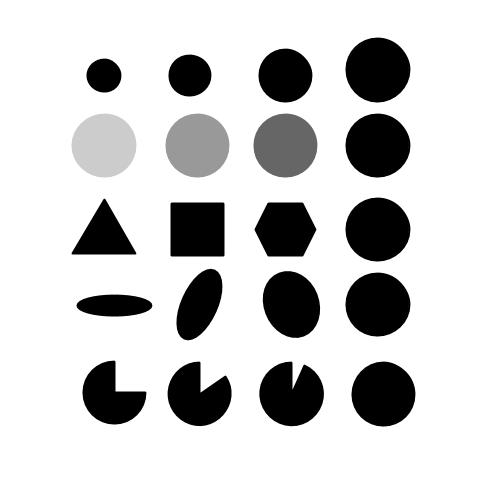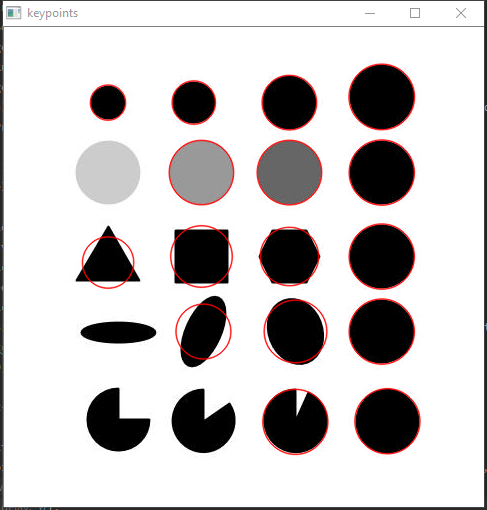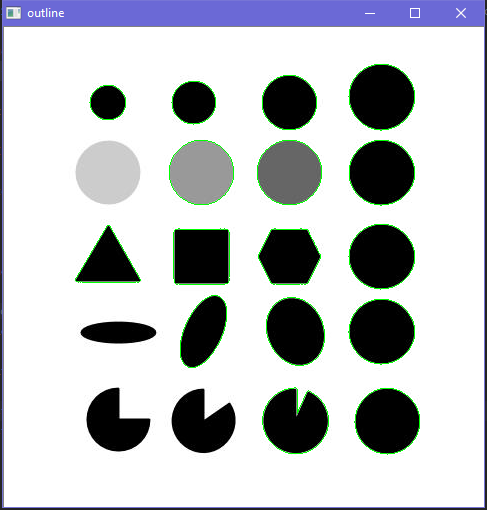1
2
3
4
5
6
7
8
9
10
11
12
13
14
15
16
17
18
19
20
21
22
23
24
25
26
27
28
29
30
31
32
33
34
35
36
37
38
39
40
41
42
43
44
45
46
47
48
49
50
51
52
53
54
55
56
57
58
59
60
61
62
63
64
65
66
67
68
69
70
71
72
73
74
75
76
77
78
79
80
81
82
83
84
85
86
87
88
89
90
91
92
93
94
95
96
97
98
99
100
101
102
103
104
105
106
107
108
109
110
111
112
113
114
115
116
117
118
119
120
121
122
123
124
125
126
127
128
129
130
131
132
133
134
135
136
137
138
139
140
141
142
143
144
145
146
147
148
149
150
151
152
153
154
155
156
157
158
159
160
161
162
163
164
165
166
167
168
169
170
171
172
173
174
175
176
177
178
179
180
181
182
183
184
185
186
187
188
189
190
191
192
193
194
195
196
197
198
199
200
201
202
203
204
205
206
207
208
209
210
|
Ptr<mv::BlobDetect> mv::BlobDetect::CreateInstance(const SimpleBlobDetector::Params ¶meters)
{
return cv::makePtr<mv::BlobDetect>(parameters);
}//CreateInstance
void mv::BlobDetect::Detect(const _InputArray &image, const _InputArray &mask)
{
keyPoints.clear();
CV_Assert(params.minRepeatability != 0);
Mat grayscaleImage;
if (image.channels() == 3 || image.channels() == 4)
cvtColor(image, grayscaleImage, COLOR_BGR2GRAY);
else
grayscaleImage = image.getMat();
if (grayscaleImage.type() != CV_8UC1) {
CV_Error(Error::StsUnsupportedFormat, "Blob detector only supports 8-bit images!");
}
std::vector < std::vector<BlobInfo> > centers;
for (double thresh = params.minThreshold; thresh < params.maxThreshold; thresh += params.thresholdStep)
{
Mat binarizedImage;
threshold(grayscaleImage, binarizedImage, thresh, 255, THRESH_BINARY);
std::vector < BlobInfo > curCenters;
FindBlobs(grayscaleImage, binarizedImage, curCenters);
std::vector < std::vector<BlobInfo> > newCenters;
for (size_t i = 0; i < curCenters.size(); i++)
{
bool isNew = true;
for (size_t j = 0; j < centers.size(); j++)
{
double dist = norm(centers[j][ centers[j].size() / 2 ].location - curCenters[i].location);
isNew = dist >= params.minDistBetweenBlobs && dist >= centers[j][ centers[j].size() / 2 ].radius && dist >= curCenters[i].radius;
if (!isNew)
{
centers[j].push_back(curCenters[i]);
size_t k = centers[j].size() - 1;
while( k > 0 && curCenters[i].radius < centers[j][k-1].radius )
{
centers[j][k] = centers[j][k-1];
k--;
}
centers[j][k] = curCenters[i];
break;
}
}
if (isNew)
newCenters.push_back(std::vector<BlobInfo> (1, curCenters[i]));
}
std::copy(newCenters.begin(), newCenters.end(), std::back_inserter(centers));
}
// parse centers to result
result.blobList.clear();
for (size_t i = 0; i < centers.size(); i++)
{
if (centers[i].size() < params.minRepeatability)
continue;
Point2d sumPoint(0, 0);
double normalizer = 0;
double sumArea = 0;
for (size_t j = 0; j < centers[i].size(); j++)
{
sumPoint += centers[i][j].confidence * centers[i][j].location;
normalizer += centers[i][j].confidence;
sumArea += centers[i][j].area;
}
sumPoint *= (1. / normalizer);
sumArea *= (1./centers[i].size());
normalizer *= (1./centers[i].size());
KeyPoint kpt(sumPoint, (float)(centers[i][centers[i].size() / 2].radius) * 2.0f);
// parse centers to result
BlobInfo bi = centers[i][centers[i].size() / 2];
bi.location = sumPoint;
bi.area = sumArea;
bi.confidence = normalizer;
result.blobList.push_back(bi);
keyPoints.push_back(kpt);
}
if (!mask.empty())
{
KeyPointsFilter::runByPixelsMask(keyPoints, mask.getMat());
}
}//Detect
void mv::BlobDetect::FindBlobs(const _InputArray &_image, const _InputArray &_binaryImage,
std::vector<BlobInfo> ¢ers) const
{
Mat image = _image.getMat(), binaryImage = _binaryImage.getMat();
CV_UNUSED(image);
centers.clear();
std::vector < std::vector<Point> > contours;
findContours(binaryImage, contours, RETR_LIST, CHAIN_APPROX_NONE);
#ifdef DEBUG_BLOB_DETECTOR
Mat keypointsImage;
cvtColor(binaryImage, keypointsImage, COLOR_GRAY2RGB);
Mat contoursImage;
cvtColor(binaryImage, contoursImage, COLOR_GRAY2RGB);
drawContours( contoursImage, contours, -1, Scalar(0,255,0) );
imshow("contours", contoursImage );
#endif
for (size_t contourIdx = 0; contourIdx < contours.size(); contourIdx++)
{
BlobInfo center;
center.confidence = 1;
Moments moms = moments(contours[contourIdx]);
if (params.filterByArea)
{
double area = moms.m00;
if (area < params.minArea || area >= params.maxArea)
continue;
}
if (params.filterByCircularity)
{
double area = moms.m00;
double perimeter = arcLength(contours[contourIdx], true);
double ratio = 4 * CV_PI * area / (perimeter * perimeter);
if (ratio < params.minCircularity || ratio >= params.maxCircularity)
continue;
}
if (params.filterByInertia)
{
double denominator = std::sqrt(std::pow(2 * moms.mu11, 2) + std::pow(moms.mu20 - moms.mu02, 2));
const double eps = 1e-2;
double ratio;
if (denominator > eps)
{
double cosmin = (moms.mu20 - moms.mu02) / denominator;
double sinmin = 2 * moms.mu11 / denominator;
double cosmax = -cosmin;
double sinmax = -sinmin;
double imin = 0.5 * (moms.mu20 + moms.mu02) - 0.5 * (moms.mu20 - moms.mu02) * cosmin - moms.mu11 * sinmin;
double imax = 0.5 * (moms.mu20 + moms.mu02) - 0.5 * (moms.mu20 - moms.mu02) * cosmax - moms.mu11 * sinmax;
ratio = imin / imax;
}
else
{
ratio = 1;
}
if (ratio < params.minInertiaRatio || ratio >= params.maxInertiaRatio)
continue;
center.confidence = ratio * ratio;
}
if (params.filterByConvexity)
{
std::vector < Point > hull;
convexHull(contours[contourIdx], hull);
double area = contourArea(contours[contourIdx]);
double hullArea = contourArea(hull);
if (fabs(hullArea) < DBL_EPSILON)
continue;
double ratio = area / hullArea;
if (ratio < params.minConvexity || ratio >= params.maxConvexity)
continue;
}
if(moms.m00 == 0.0)
continue;
center.location = Point2d(moms.m10 / moms.m00, moms.m01 / moms.m00);
if (params.filterByColor)
{
if (binaryImage.at<uchar> (cvRound(center.location.y), cvRound(center.location.x)) != params.blobColor)
continue;
}
// area
center.area = moms.m00;
//compute blob radius
{
std::vector<double> dists;
for (size_t pointIdx = 0; pointIdx < contours[contourIdx].size(); pointIdx++)
{
Point2d pt = contours[contourIdx][pointIdx];
dists.push_back(norm(center.location - pt));
}
std::sort(dists.begin(), dists.end());
center.radius = (dists[(dists.size() - 1) / 2] + dists[dists.size() / 2]) / 2.;
}
//get blob outline
center.outline.clear();
// save blob outline
center.outline.assign(contours[contourIdx].begin(), contours[contourIdx].end());
centers.push_back(center);
#ifdef DEBUG_BLOB_DETECTOR
circle( keypointsImage, center.location, 1, Scalar(0,0,255), 1 );
#endif
}
#ifdef DEBUG_BLOB_DETECTOR
imshow("bk", keypointsImage );
waitKey();
#endif
}//FindBlobs
|



